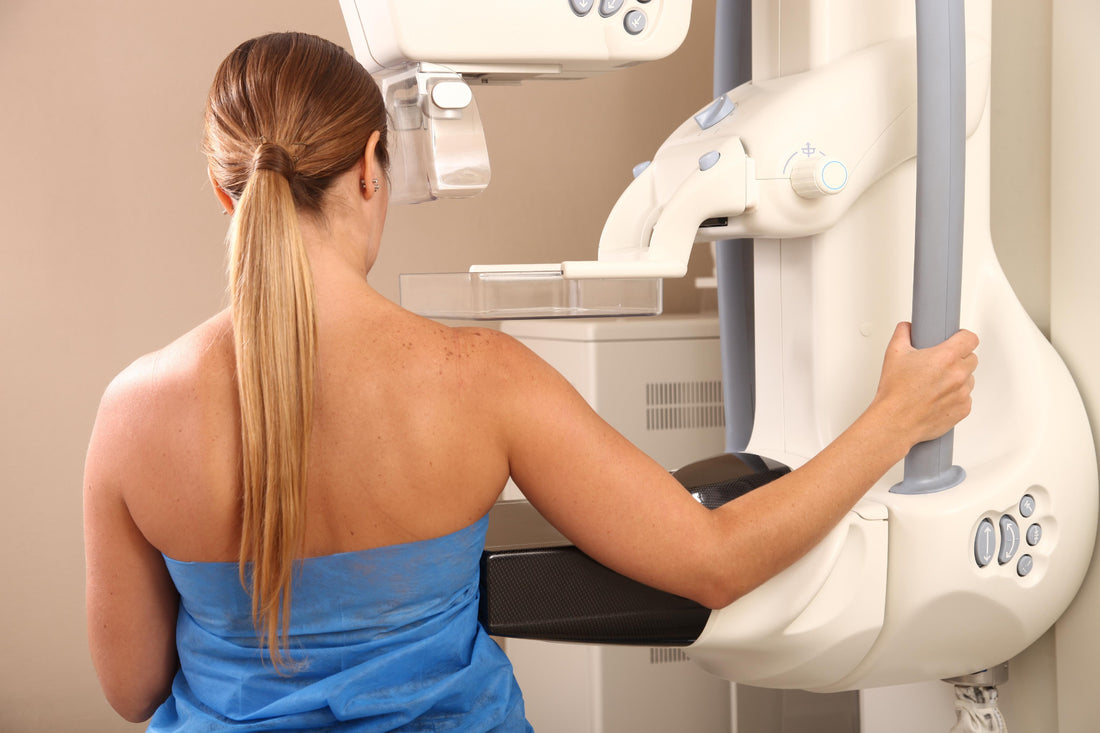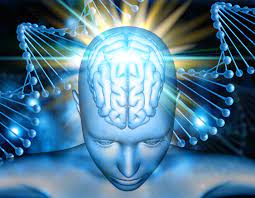Breast cancer is a disease in which abnormal cells lose control of their multiplication and can invade other tissues. It is the most common cancer in women, and the leading cause of death from cancer among them. In the US alone, there are an average of 250,000 cases annually, and it is estimated that 12% of women will experience it at some point in their lives.
Despite its high incidence, breast cancer has a good prognosis and high survival rates if detected early. Early detection is crucial, as it allows for prompt treatment and management of the disease. Regular mammograms and self-exams can help detect breast cancer early, when it is still localized and easier to treat.
Breast cancer is less common in men, but it is more lethal in them. Only 1% of patients are male, but they have a higher mortality rate than female patients.
Breast cancer is often classified into three groups based on different treatments:
- Positive for hormone receptors
- Positive for ERBB2
- Triple negative
Additionally, 5-10% of breast cancer cases are hereditary, caused by the BRCA1 and BRCA2 genes. There are also genetic syndromes that increase the risk of developing breast cancer, such as Li-Fraumeni syndrome and Cowden syndrome.
In conclusion, breast cancer is a serious disease that affects both men and women. However, early detection through regular mammograms and self-exams can greatly improve the prognosis and survival rates. It is important to be aware of the different classifications and genetic factors that increase the risk of developing breast cancer, in order to take preventive measures and seek early treatment.















